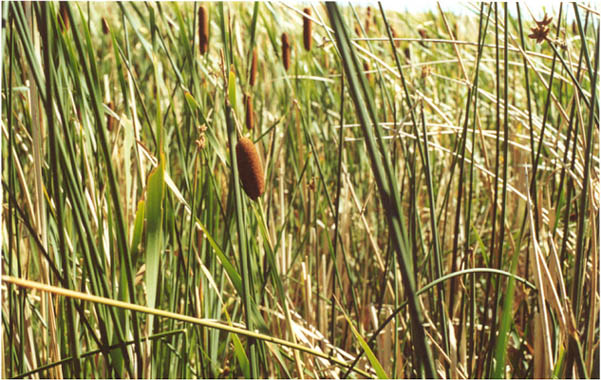Web Module
Scott J. Conaway
Alejandra De Obeso
Dr. Nihat M. Gürmen
Prof. H. Scott Fogler
Wetlands and Phytoremediation
Modeling a treatment wetland as a simple PFR
![]()
![]()
![]()

Image Courtesy of Phytokinetics, Inc.
http://www.phytokinetics.com/images/wetlands.jpg
Wetlands are frequently thought to be wet, swampy areas or marshes. In the summer these ecosystems are usually covered with water (partially or completely), rampant with bugs, and carrying a robust smell. Wetlands supply a rich ecosystem for many species, including birds, reptiles, amphibians, fish, and a multitude of plant life. However, there are certain things about these areas that are not so familiar to us.
What is not always known is that wetlands can be a low cost, natural technology for improving wastewater quality. Actually, wetlands have been in use since the early 1900’s. The Great Meadows natural wetland near the Concord River in Lexington, MA, began receiving wastewater in 1912, and the Brillion Marsh in Wisconsin has received wastewater discharges since 1923. The potential of wetlands for water treatment was not thought of for many years, as wetlands were not monitored for water quality until the 1960’s and 70’s.
The use of wetlands to remove contaminating materials is called phytoremediation. Plants can be used to degrade/remove contaminants such as pesticides, solvents, crude oil, and polyaromatic hydrocarbon. In phytoextraction, plant roots remove metal contaminants such as nickel, zinc, and copper from the soil and ground water and relocate them to the above-ground portion of the plant for extraction.
As of today, sunflower fields are currently being used to leach strontium and cesium from the soil around the Chernobyl nuclear plant in Russia, where 2,500 people died as a result of 1986 disaster. In 1994, there were over 300 reported wetland treatment systems in North America and over 1000 worldwide.